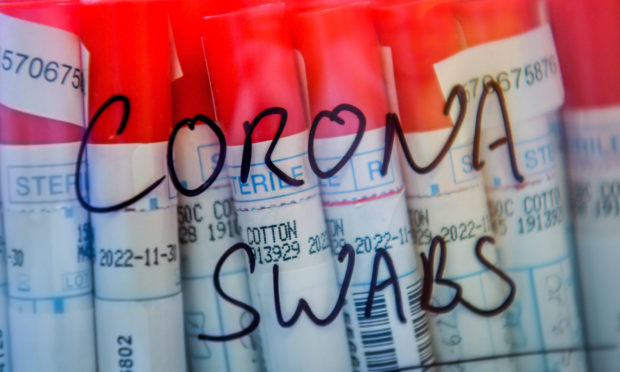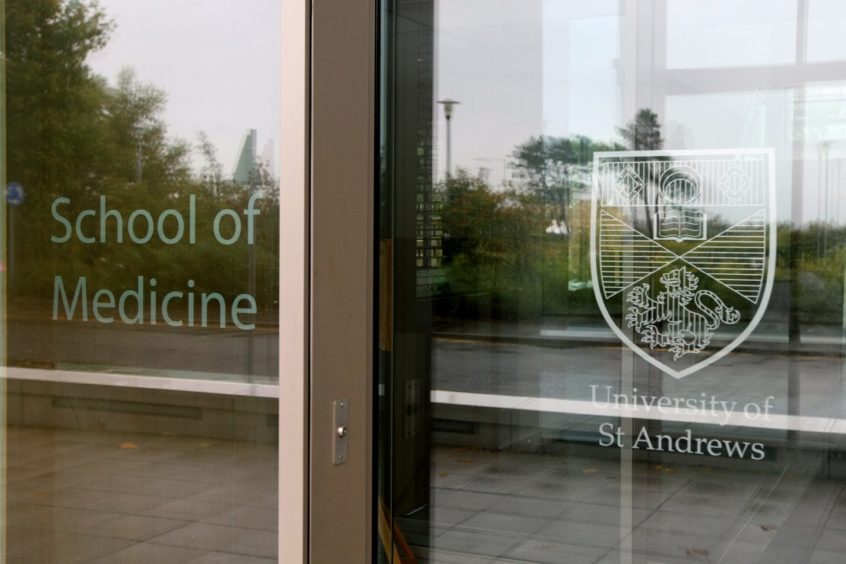Medical scientists in Fife are working with data experts to study the spread of Covid-19.
The research aims to give a better picture of the true number of people infected by the virus, by linking medical records with households’ reports of coronavirus.
Currently, how the virus spreads in communities and within households is uncertain as knowledge is based on those who receive medical care.
But a Covid-19 tracker app allows people to share information about those in their households including symptoms.
The St Andrews University medical team and data scientists from Blue Hat Associates aim to discover whether those who stay at home with the virus have different symptoms to those seek medical help or are admitted to hospital.
The research is one of three projects awarded to the Fife university as part of the Scottish Government’s Covid-19 Rapid Research programme.
It uses data collected in the recently launched c19track.org website and outcomes will be compared for patients who recover at home and those who seek GP help.
Professor Colin McCowan, of the university’s School of Medicine, said: “One of the big unanswered questions with Covid-19 is how many people actually have caught it.
“We know about the people who contact the NHS but not those who have stayed at home self-isolating.
“This work will help us identify that group of people and allow us to examine if there are differences between them and the people who have contacted the NHS.
“This will give us a more accurate picture of how many people have Covid-19 and also help in planning how best we look after them.”
Blue Hat founder Tim Palmer said: “As experts in data and analytics we saw a lack of breadth in the data being collected, focussing on a narrow set of symptoms of those within a medical environment.
“We developed a crowd sourced data tracker in March to catch data from families who may only have minor symptoms and are delighted St Andrews will be using the data to aid the research.”






